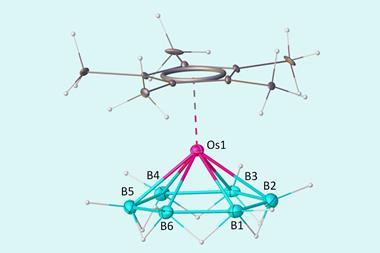A crucial step in the production of plutonium-238 – an important fuel source for long-range space exploration – has been automated at Oak Ridge National Laboratory in the US.
The new technology has been designed to speed up production and enable Oak Ridge to supply the 1.5kg of plutonium Nasa has asked for by 2025. The isotope is needed to power radioisotope thermoelectric generators. These produce electricity using the heat given out when plutonium-238 decays into uranium-234 and are employed by spacecraft that cannot easily refuel or rely on solar power, such as the probe Voyager 1, which was launched in 1977.
Plutonium-238 is made by firing neutrons at targets containing around 50 small pellets of neptunium-237. When bombarded with neutrons inside a nuclear reactor, each neptunium-237 absorbs a single neutron to become neptunium-238, which then spontaneously decays into plutonium-238, emitting a beta particle.
Production of these pellets, which contain a mixture of neptunium oxide and aluminium, has now been automated. Previously, the powder ingredients would have to be measured out, mixed and pressed into solid pellets by hand, but there is now a machine that can do this using robotic arms.
This has sped up production of pellets from around 80 per week to up to 60 per day, which overall adds up to four times as much plutonium being made – up to 400g per year.
‘The process of making pellets is one of the fundamental steps in making plutonium, [but] until recently this has all been done by hand, which is slow,’ says Bob Wham, who is leading the project at Oak Ridge’s nuclear security and isotope technology division. He points out that as well as speeding up the process, automation makes it safer for technicians by reducing their exposure to gamma radiation. ‘The neptunium oxide [emits] gamma radiation as it ages, so our technicians would get a high dose because of having to hold the pellet while they measure it,’ he says. ‘Now they can stand away from it and the only time they need to do something is if there’s a problem.’

























No comments yet